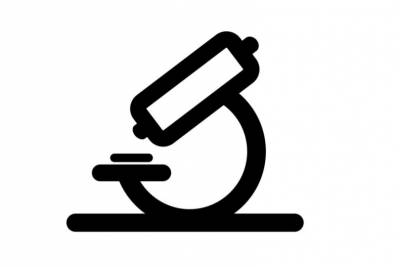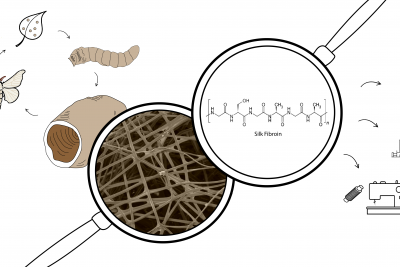Can Surgical Masks Prevent Viral Spread?
In this installment of D4P, Francisca Martinez Traub presents data from a scientific report on the effectiveness of surgical masks in preventing the spread of respiratory viruses, including the coronavirus. This paper was peer-reviewed and published in Nature Medicine (April, 2020), and represents the collaborative effort among scientists in Hong Kong and the United States.
The style of scientific reasoning used in this paper

Experimental Evaluation
using empirical investigation to establish patterns, test for true differences, or test hypothetical models
What you need to know
In this report, the authors designed a set of experiments to determine how well different respiratory viruses can pass through a surgical mask. (Note: This study is specific to a Kimberly Clark brand surgical mask, and does not apply to homemade, cloth-based masks.) This paper summarizes data collected between 2013 and 2016, involving voluntary participation of patients who were sick with a specific respiratory virus (influenza, coronavirus, or rhinovirus). More specifically, scientists measured the presence or absence of virus in exhaled breath, with or without a surgical mask. This study took place before the COVID-19 pandemic, and the coronavirus they examined is not SARS-CoV-2.
The following are the key terms defined in this D4P presentation, and are important for understanding the data presented.
Respiratory Virus
Respiratory viruses specifically impact our respiratory tract, and cause problems with normal breathing. The examples of respiratory viruses examined in this paper are influenza (causes the flu), rhinovirus (one of the viruses that cause the common cold), and several types of coronavirus (this does NOT include SARS-CoV-2 as this study was performed before the COVID-19 outbreak).
RT-PCR
Reverse Transcriptase – Polymerase Chain Reaction (RT-PCR) is a very common laboratory technique that is used here to measure the presence and amount of virus. This technique is based on the central dogma of molecular biology , which describes the flow of genetic information in our cells. More specifically, RT-PCR uses RNA as a starting materials, and ultimately ends in many copies of DNA (that correspond to the original RNA sequence). The amount of DNA produced can tell us how much virus is in the sample.
Respiratory Droplets // Aerosol Droplets
Even when we are simply exhaling, we release moisture particles in the form of our breath. The number and size of these particles can vary, based on the strength of our exhale (i.e. a whisper vs. a shout, or a typical exhale vs. a cough or a sneeze). When the particles released are between 5-10 um in diameter, these are considered respiratory droplets. When these particles are less than 5um in diameter, they are considered aerosol droplets. Respiratory viruses can be present in both types of particles.
Surgical Face Mask
A surgical face mask is typically worn by healthcare professionals, and are designed to capture respiratory and aerosolized droplets that are expelled by the wearer’s mouth and nose. These masks are made from non-woven fabric where fibers are combined through a melting process. The surgical masks used in this study are from Kimberly Clark (item no. 62356). Note: this study does NOT apply to homemade cloth face masks.
About our D4P Fellow
Francisca Martinez Traub (she/her), Graduate Student @ Rockefeller University
Francisca is a graduate student researcher at The Rockefeller University, originally hailing from Chile. Francisca is fascinated to learn how neuronal networks in the brain are able to drive animal behavior, though she also very much loves biochemistry and genetics. When she is not in the lab, Francisca likes to travel, particularly to national parks for long backcountry hikes to escape crowds and city intensity.










